The Kia Tasman is the Korean company’s first of many pick-up trucks to come.
When it comes to pick-up trucks, the Japanese have remained dominant for years in this part of the world. Hyundai took a stab at the segment in the North American market with the Santa Cruz but now sister company Kia is taking a stab at it and it might just come to Malaysia too.
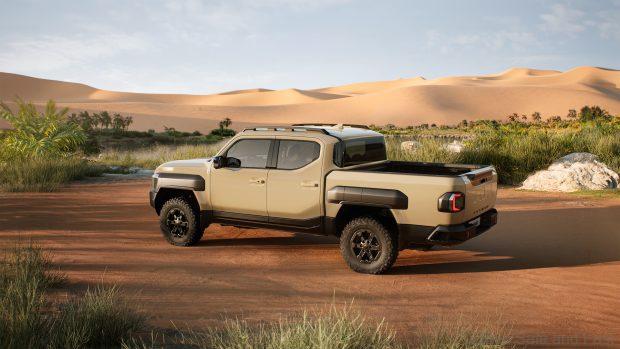
Kia’s inaugural pickup truck, the Tasman, arrives with robust capabilities and a choice of powertrains tailored to different global markets. Built on a body-on-frame platform (unlike the Santa Cruz), the Tasman demonstrates serious off-road credentials whilst maintaining refined on-road manners.
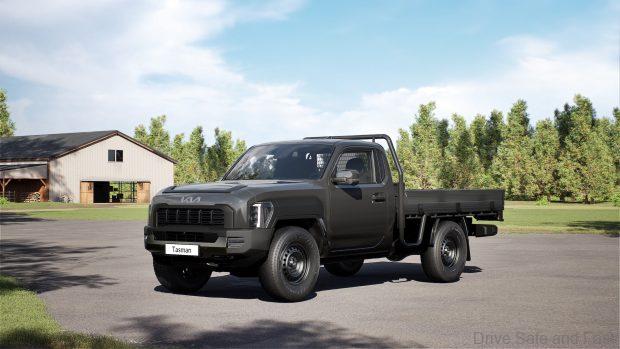
In the Korean market, the Tasman features a potent 2.5-litre petrol engine producing 281PS and 421Nm of torque. This powertrain, paired with an eight-speed automatic transmission, enables the pickup to achieve 0-100km/h in 8.5 seconds and reach a top speed of 185km/h.
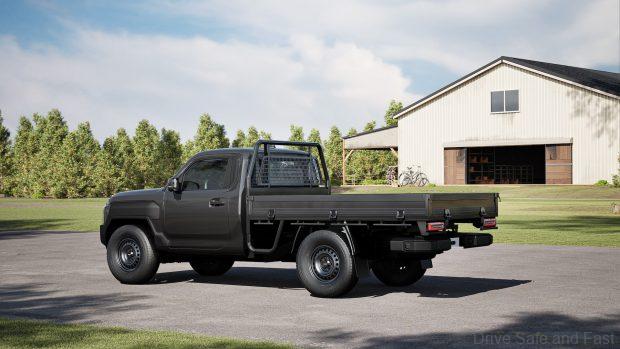
Australian-spec models will receive a 2.2-litre diesel engine, generating 210PS and 441Nm of torque, also mated to an eight-speed automatic transmission. This configuration delivers a 0-100km/h time of 10.4 seconds. Markets across the Middle East and Africa will have the choice between both powertrains, with the diesel variant also offering a six-speed manual transmission option in select regions.
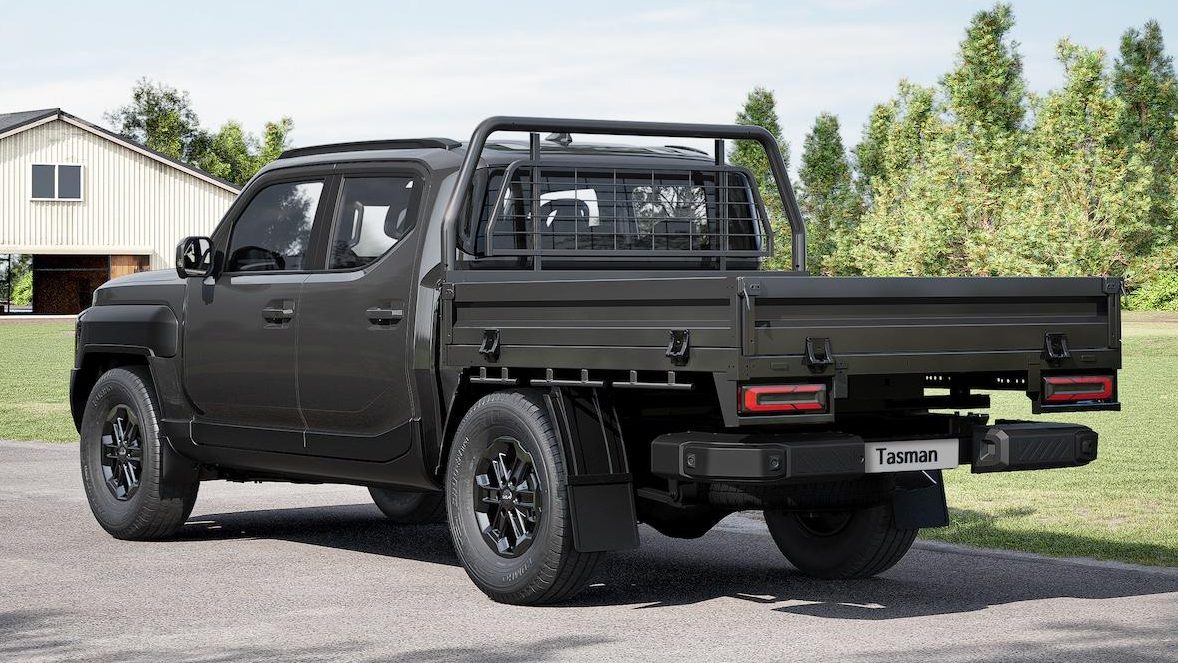
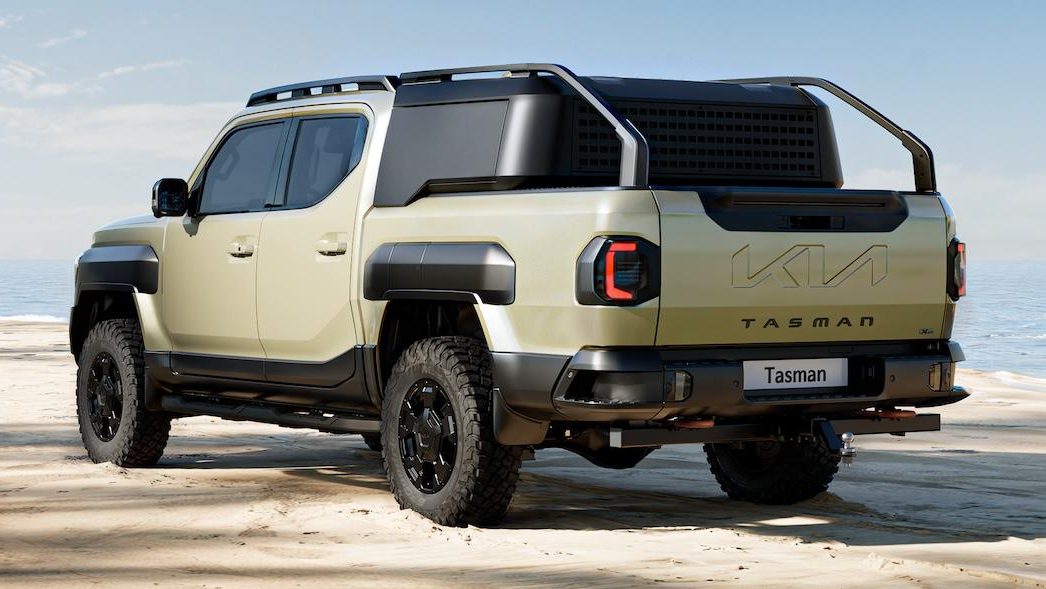
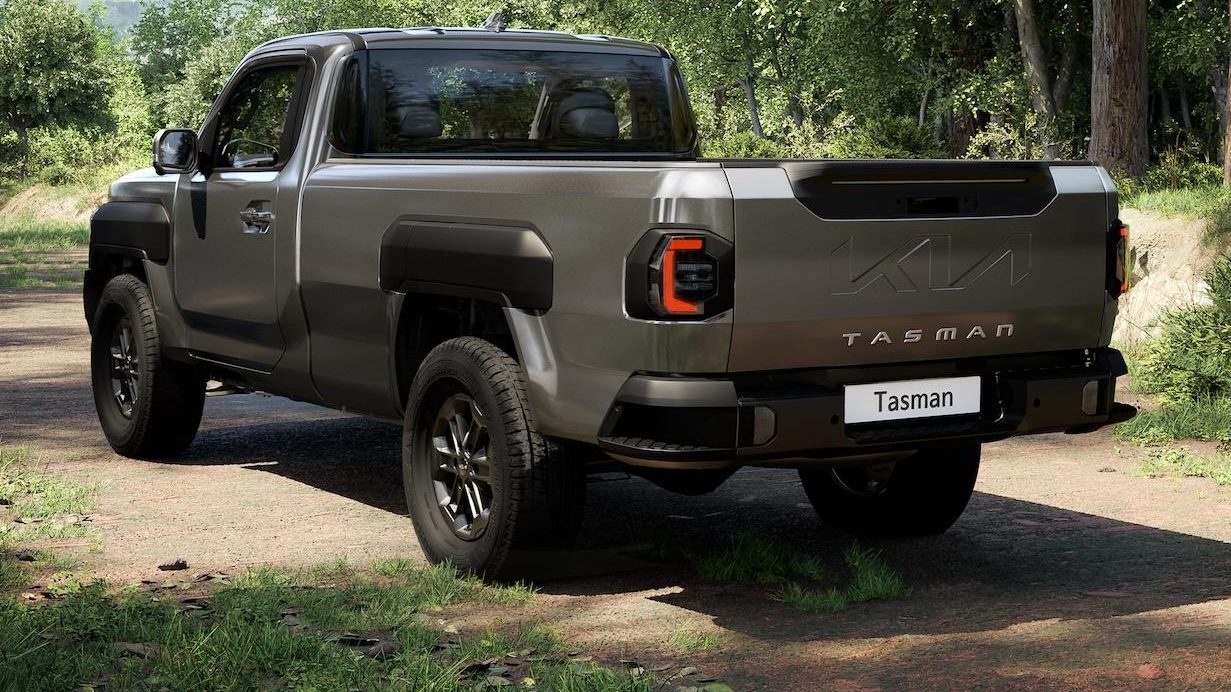
The Tasman’s versatility shines through its comprehensive range of bed configurations. The Single Decker variant features a canopy with practical butterfly doors, whilst the Double Decker adds a sliding tonneau cover and trunk space, both offering rooftop tent mounting capability. The Sports Bar configuration incorporates a functional frame designed for outdoor lifestyle equipment mounting, and the Ladder Rack variant accommodates both professional equipment and recreational accessories. Among the 13 available accessories, customers can select from two types of side steps and distinctive beadlock-style wheels, allowing for extensive personalisation.
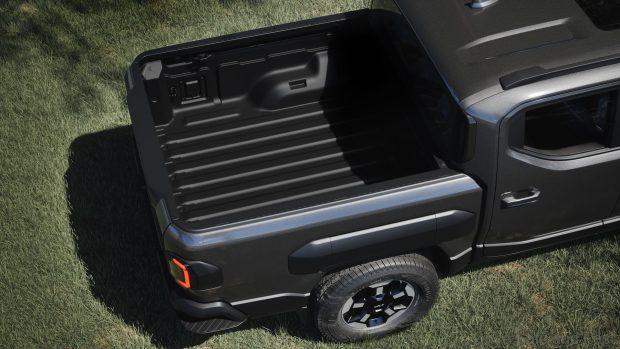
Kia’s commitment to sustainability is evident throughout the Tasman’s construction. The crash pad utilises innovative bio-plastics, whilst the seats combine recycled PET fabric with bio-PU synthetic leather for durability and environmental consciousness. The exterior paintwork incorporates BTX-free and bio-paint technologies, demonstrating Kia’s dedication to reducing environmental impact. Even the interior carpet has been crafted from recycled PET material, forming part of Kia’s standardised 10 must-have sustainability features across their range.
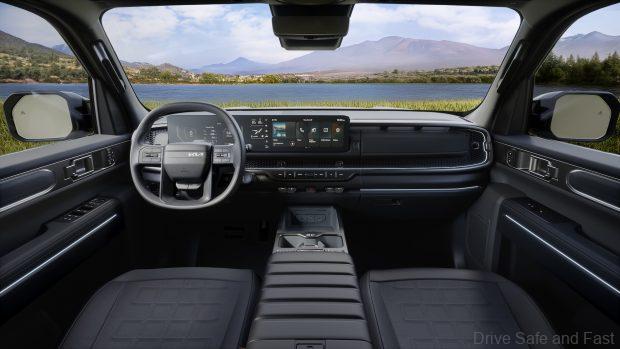
The Tasman’s exterior palette encompasses nine distinctive colours, including the striking new additions of Tan Beige and Denim Blue, alongside Clear White, Snow Pearl White, Steel Gray, Interstellar Gray, Cityscape Green, Runway Red, and Aurora Black Pearl. The interior offers five sophisticated colorways, with Onyx Black/Medium Gray, Espresso Brown/Onyx Black, and Deep Green/Medium Gray available across the range. X-Line and X-Pro models receive exclusive two-tone options, featuring either Onyx Black/Medium Gray or Deep Green/Terracotta Brown combinations, adding an extra layer of distinction to these premium variants.
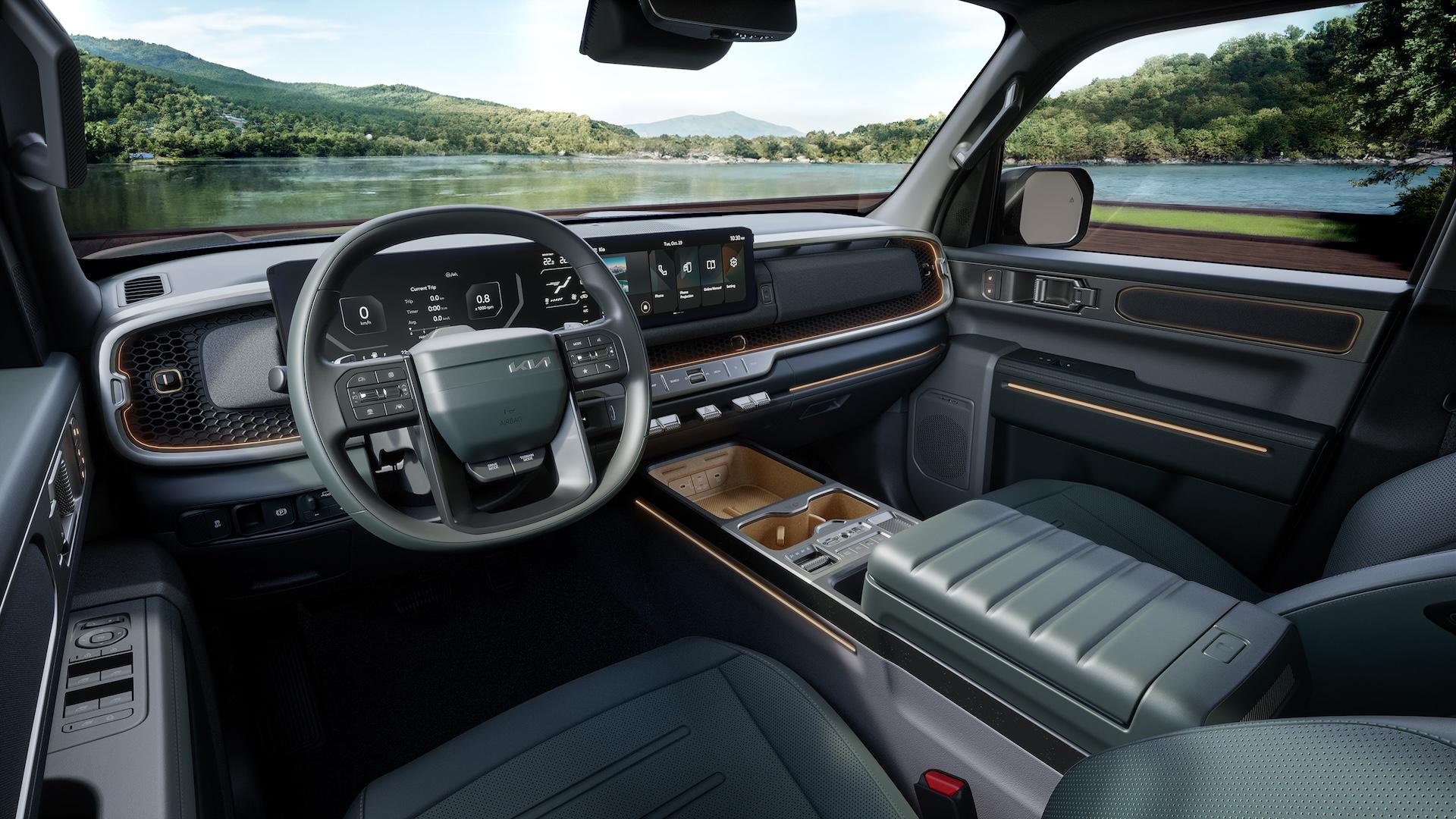
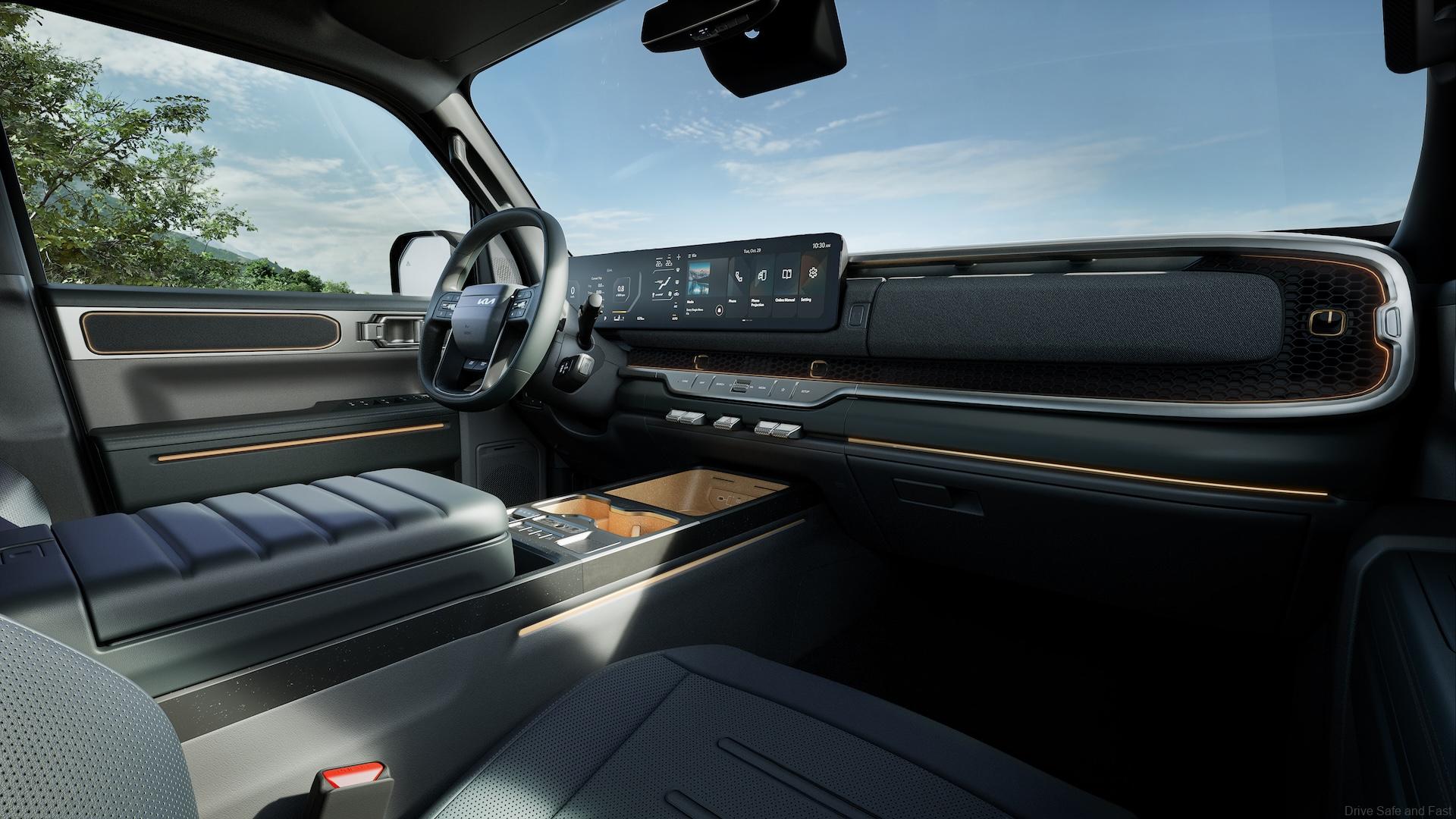
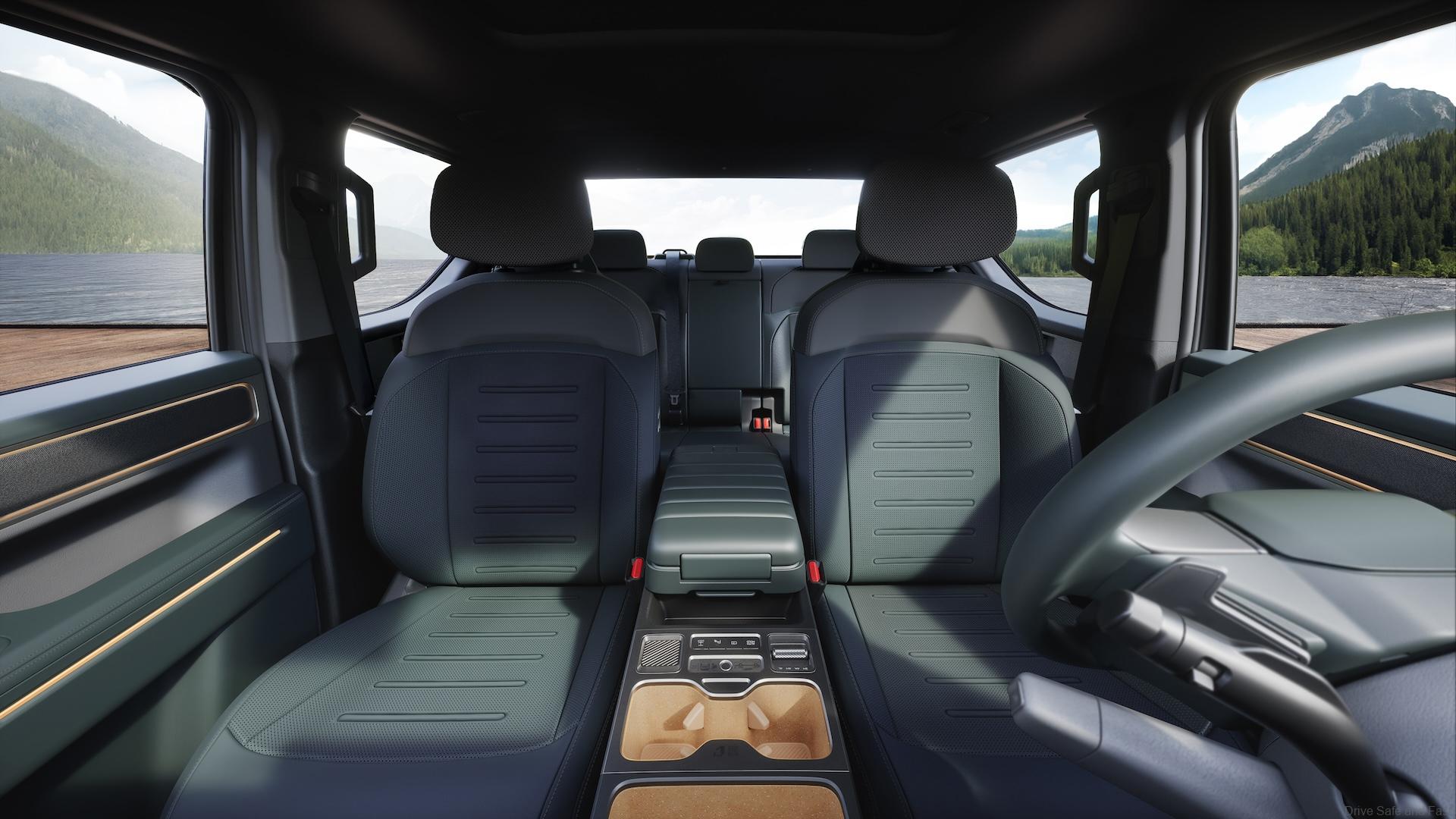
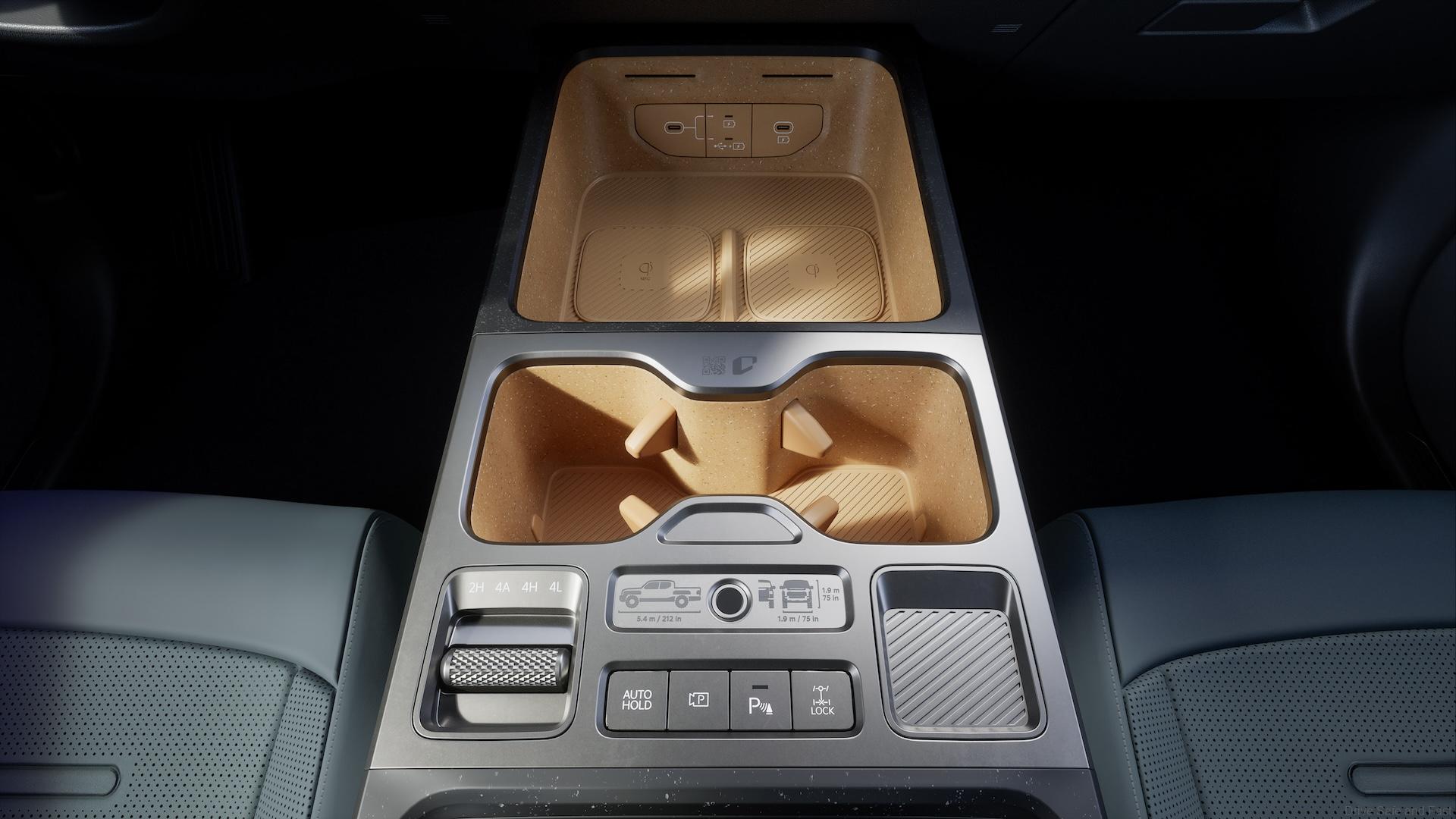
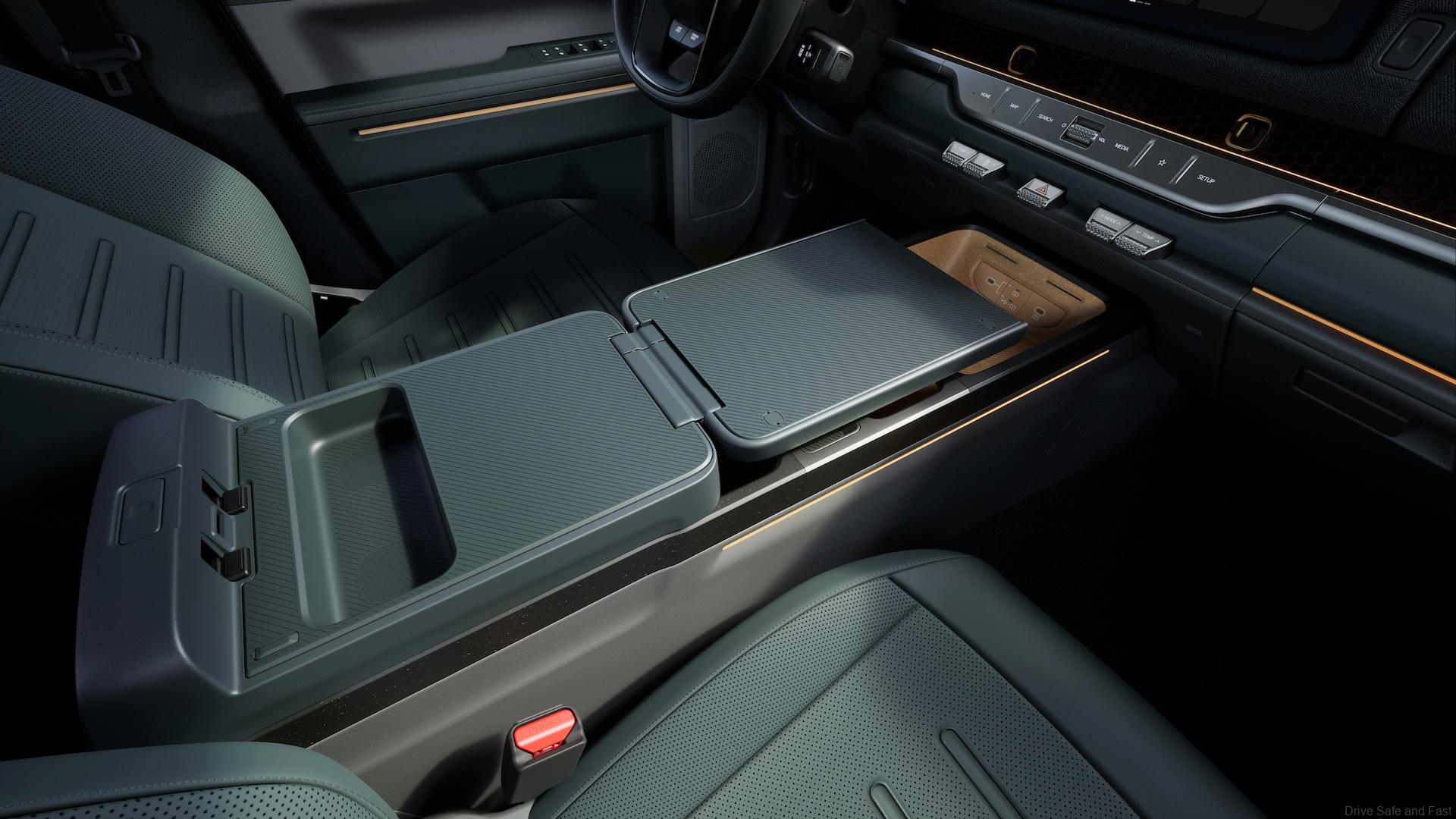
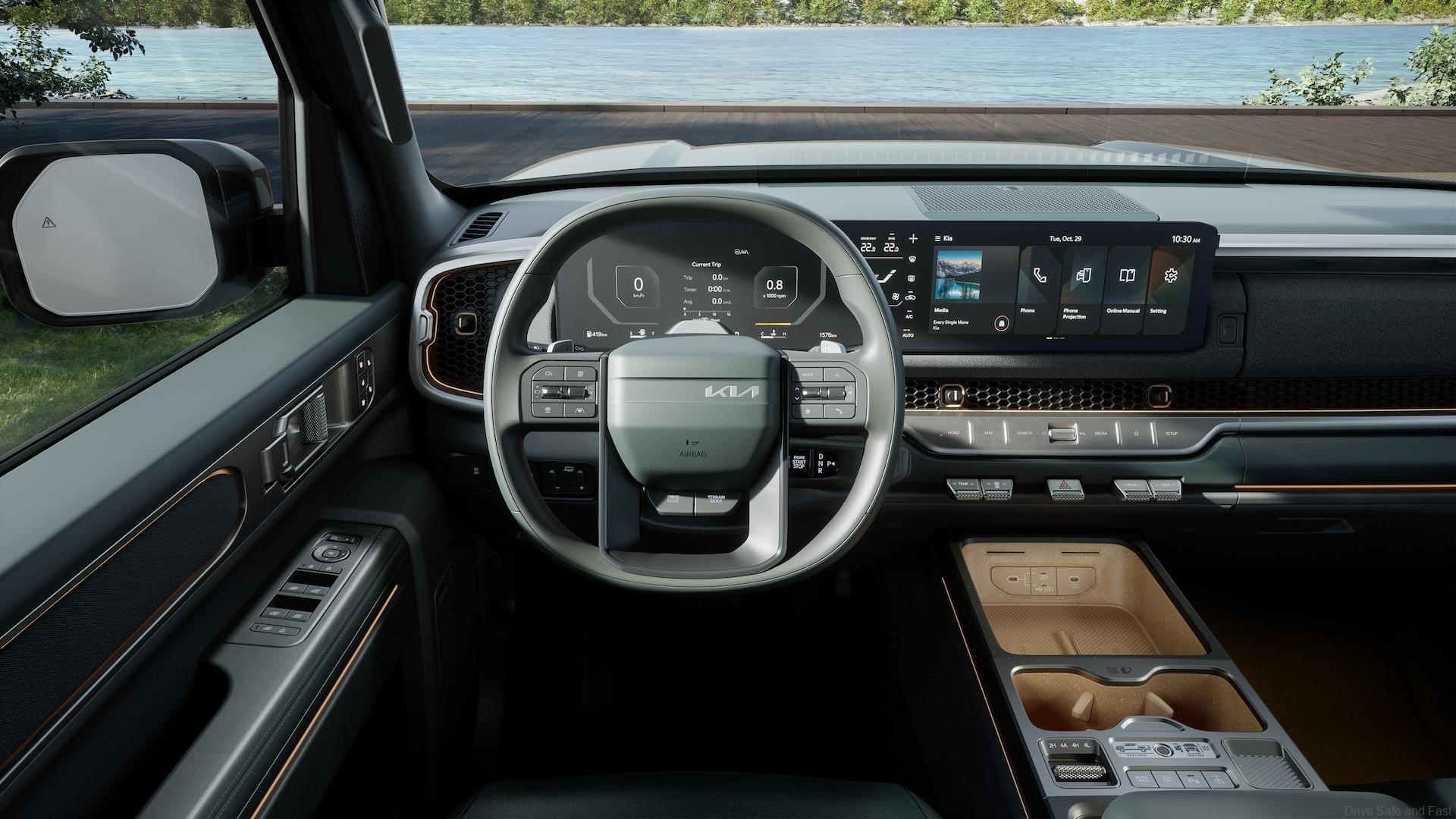
The Tasman’s chassis employs a double wishbone front suspension setup, whilst the rear utilises a rigid axle with leaf springs, optimised for load-carrying capability. Kia has incorporated frequency selective Sensitive Damper Control and Hydraulic Rebound Stop technology to enhance ride comfort and body control across challenging terrain.
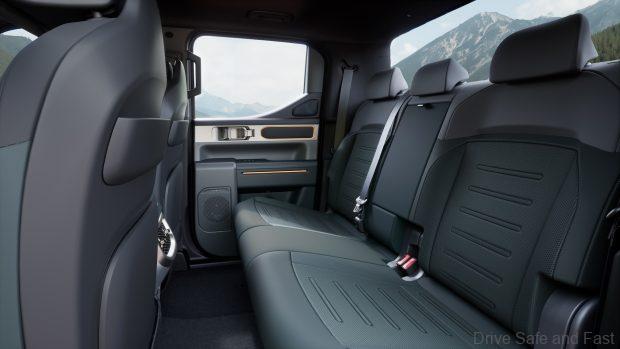
Three primary trim levels are available: a double cab base model, X-Line, and X-Pro. The X-Pro variant boasts enhanced off-road capability with 252mm ground clearance—28mm higher than standard models—and rides on 17-inch gloss-black wheels with all-terrain tyres. The X-Line features larger 18-inch alloy wheels paired with highway and terrain tyres. For commercial users, Kia offers customisable chassis cab variants and single cab options that maximise bed space.
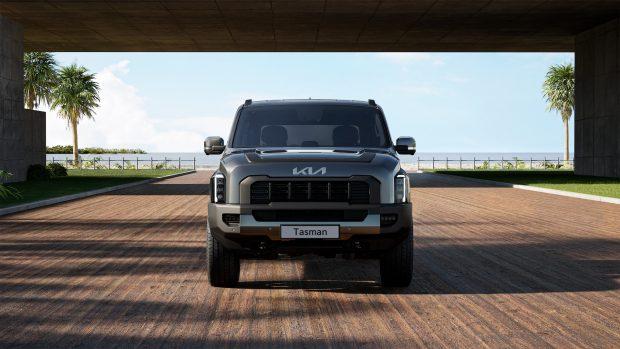
The load bed measures 1,512mm in length, 1,572mm in width (1,186mm between the wheels), and 540mm in depth, providing a class-leading cargo capacity of 1,173 litres (VDA). The reinforced bed structure enables a maximum payload of 1,195kg in 2WD configuration, complemented by a 3,500kg towing capacity.
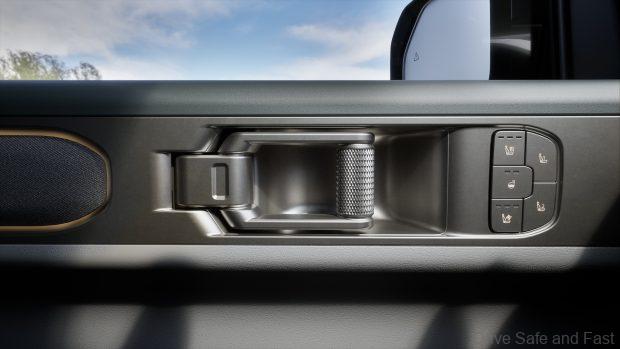
All-wheel-drive models feature sophisticated terrain management systems. The X-Pro includes a dedicated Rock mode for challenging mountainous terrain, while Middle Eastern and African variants receive Desert, Mud, Snow, and Rock modes. Australian and other market models are equipped with Sand, Mud, Snow, and Rock modes. The X-Pro further benefits from an automatically engaging rear Electronic Locking Differential and X-Trek mode, which maintains consistent low-speed progress off-road without requiring manual throttle input.
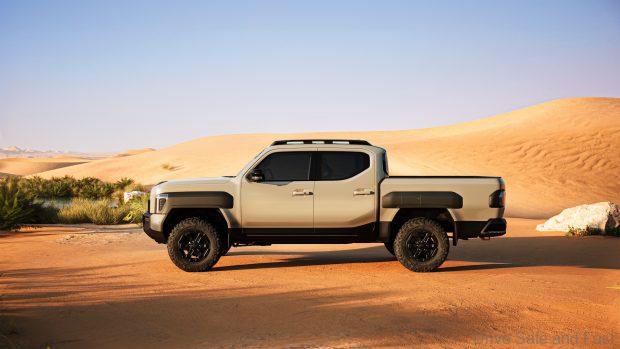
The Tasman’s off-road credentials are further enhanced by its 800mm wading depth capability at 7km/h, facilitated by strategically positioned air intakes and waterproof connectors for critical components. A Ground View Monitor system aids precise manoeuvring in challenging conditions by displaying the terrain immediately surrounding the vehicle.
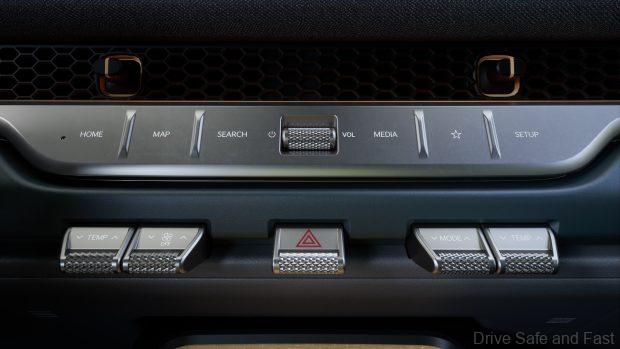
Practical features include corner steps for easy bed access, an optional sliding cargo floor, and a power outlet (rated at 240 volts in Australia and 220 volts in other markets) for powering tools or devices. The interior offers class-leading dimensions, with 940mm of second-row legroom and reclining rear seats adjustable between 22 and 30 degrees.
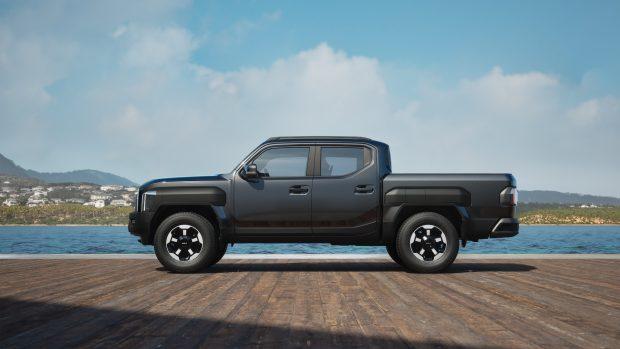
The cabin showcases modern technology with a panoramic widescreen setup comprising 12.3-inch + 5-inch + 12.3-inch displays, providing access to vehicle controls and infotainment features. An optional eight-speaker Harman Kardon premium audio system complements the standard Apple CarPlay and Android Auto integration. Storage solutions include dual wireless charging pads and hidden storage bins beneath the rear seats, offering a segment-leading 33 litres of capacity.
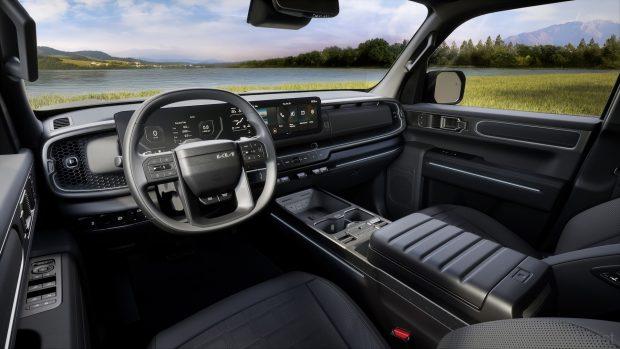
Advanced Driver Assistance Systems include lane keeping assist, blind spot collision warning, and Highway Driving Assist 2, with specific programming to accommodate trailer profiles. The Tasman’s extensive testing programme encompassed 1,777 specific tests across more than 18,000 rounds of evaluation, ensuring its capability across diverse operating conditions.



